Back in late 2019—when a global pandemic still seemed like a remote possibility—Lloyd Center, Portland’s oldest and arguably most iconic shopping center, was already in its death throes, at least according to the press. For Willamette Week, Nigel Jacquiss profiled the mall right before Christmas that year, and the picture he painted was dour. The headline says it all: “Will Lloyd Center Last Another Christmas?”
Not only did Lloyd Center manage to survive another Christmas, it endured one of the most devastating global crises within the last century. While plenty of Portland businesses and restaurants closed or changed owners within the past year, Lloyd Center—Portland’s retail behemoth—has managed to survive.
Amazingly, Lloyd Center’s interior in 2021 is as if not more skeletal than it was a few years ago, when it was being prematurely eulogized by local journalists. All of Jacquiss’ observations then still ring true today—the abandoned storefronts, early-00s orthodontist waiting room staples like Train’s “Drops of Jupiter” playing somnolently from the overhead speakers, a general dearth of human activity. Its anchor retailers—Nordstrom, Marshall’s, Macy’s—have all but vanished, the last of which permanently closed at the beginning of this year.
When I go into Lloyd Center for the first time in over a year, it’s on a particularly balmy Spring day, and it’s to get my fix of mall Chinese food—one of the few constants in our increasingly fractured society. It’s nearly 70 degrees outside, but for some godforsaken reason, the heat is blasting throughout the food court. People are walking around without masks, which adds to the muggy, claustrophobic ambience. It doesn’t seem like a mask policy is being actively enforced; the mall probably doesn’t want to scare off what few customers it has.
My favorite spot, Chicken Connection, is still in business, and there’s even a bit of a line, but almost every other restaurant in the once-crowded food court has shuttered. For longtime Lloyd Center-heads such as myself, the most glaring closure is probably Cajun & Grill, which used to be tucked away between the Orange Julius and Dairy Queen combo and the vacant space that used to be home to Tilt, a video arcade and former stomping ground for the city’s most gifted Marvel vs. Capcom 2 players.
Lloyd Center today is a veritable ghost town, but it wasn’t always that way. When the shopping center opened in 1960 in its original open-air configuration, it was touted as the largest mall in the entire country. Lloyd Center was also unique in that it was constructed in the middle of an urban area, as opposed to a suburb. This remains an integral part of the mall’s legacy—for kids who grew up in the inner city and relied on public transit especially, Lloyd Center was one of the city’s most popular and convenient meetup spots. It’s right off a MAX line, and it’s within walking distance to the Moda and Metropolitan Expo Centers.
Today, Lloyd Center—like most shopping malls—is more or less an anachronism. On one hand, it’s infuriating that a massive and literally vacuous space such as Lloyd Center has been able to endure while other beloved Portland institutions have had to close. On the other hand, I can’t help but feel sentimental for Lloyd Center—I’ve gone on dates here, I’ve met up with strangers from Craigslist to sell records and musical equipment and I’ve spent hours after school just idly wandering around, waiting for the rain to let up or to be notified of a party happening that night in Northeast Portland.
Jacquiss’ article about Lloyd Center was, not surprisingly, met with a fair amount of controversy. The piece’s comments section is littered with haranguing and fevered pearl-clutching from concerned citizens, who more or less decry the space as flypaper for crime. “Oregon is anti-business. Minority thugs ripping off the stores with no repercussions, not for me,” reads one particularly heinous comment toward the top of the page. In some ways, this continuously tense dynamic between Portland’s inner city residents and the anxious suburbanites who shuttle in for the weekend would play out more robustly during last summer’s racial justice protests. Like few other spots in the city, Lloyd Center exemplifies the schism between how Portland is represented and what it’s actually like. I don’t doubt people have had weird experiences hanging out in the Marshall’s parking lot after 2 a.m., but take it from a long-time Portlander—Lloyd Center is a chill spot, and Chicken Connection is delicious.

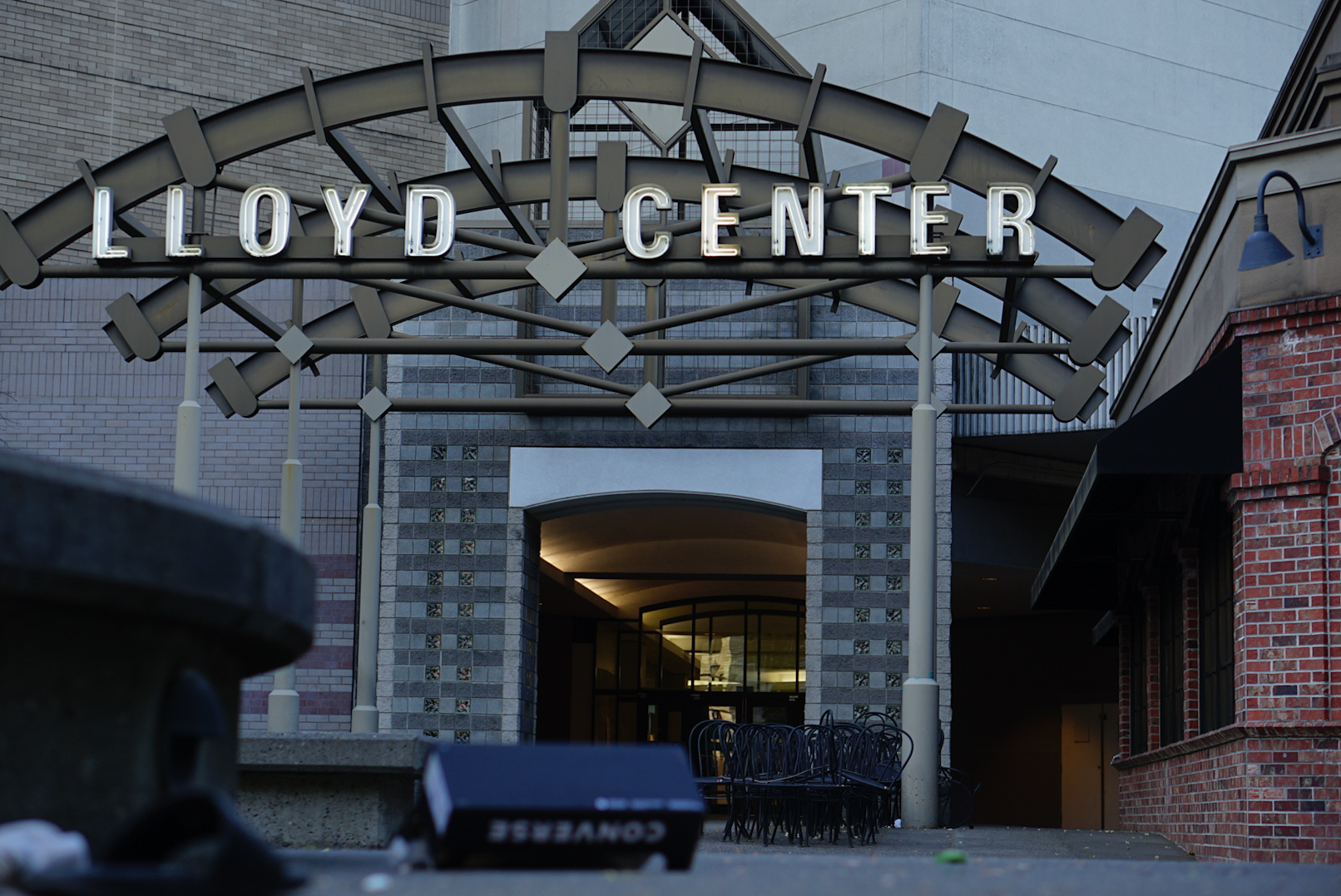
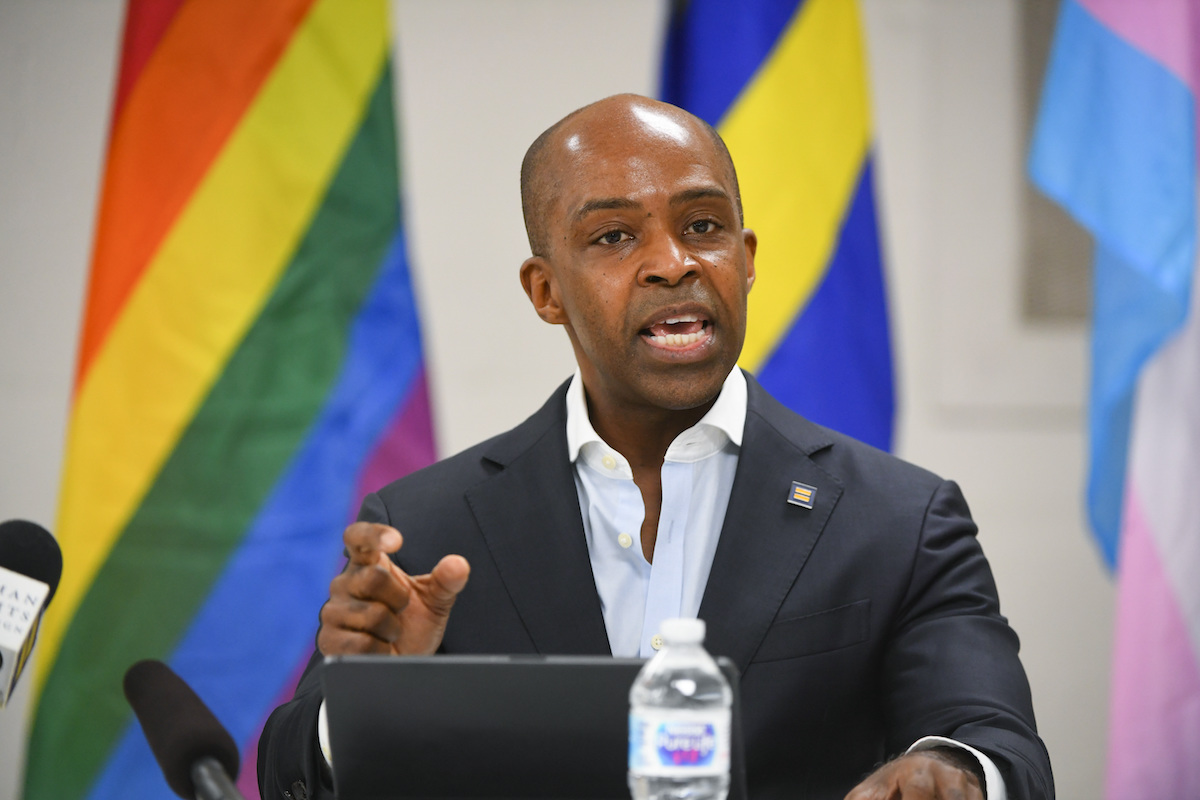

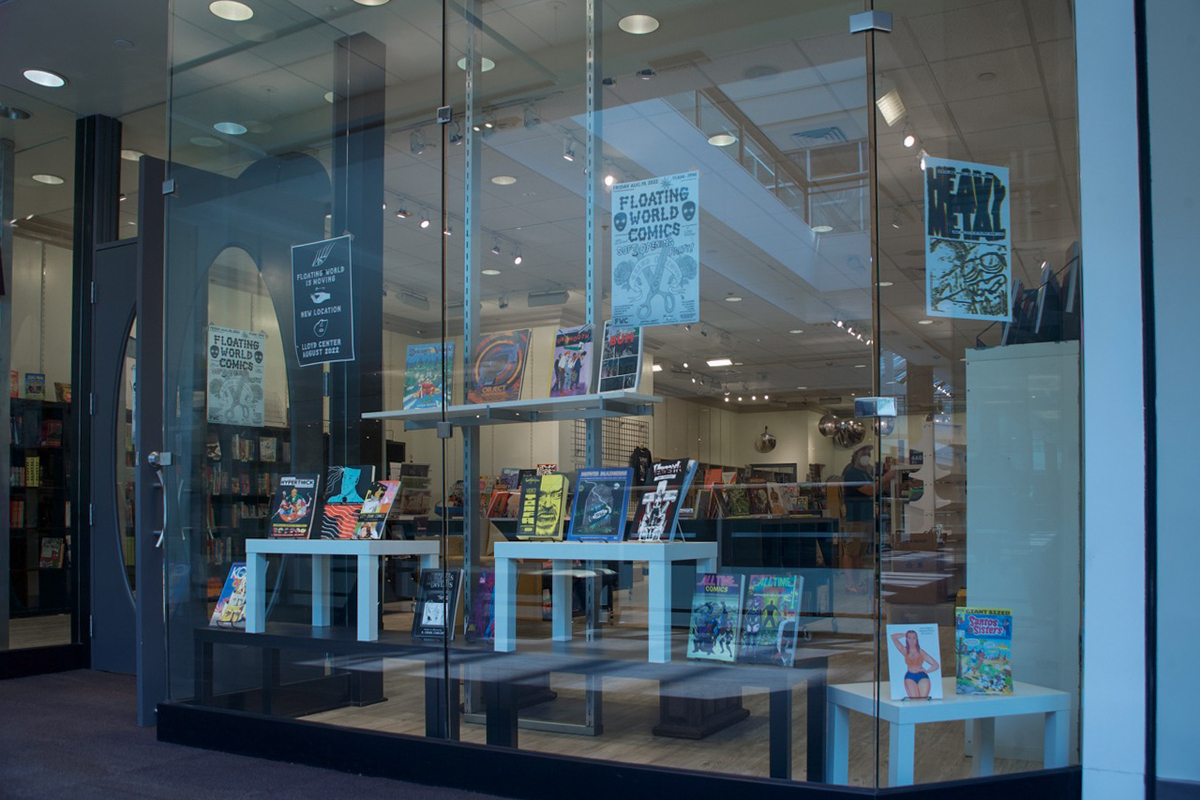
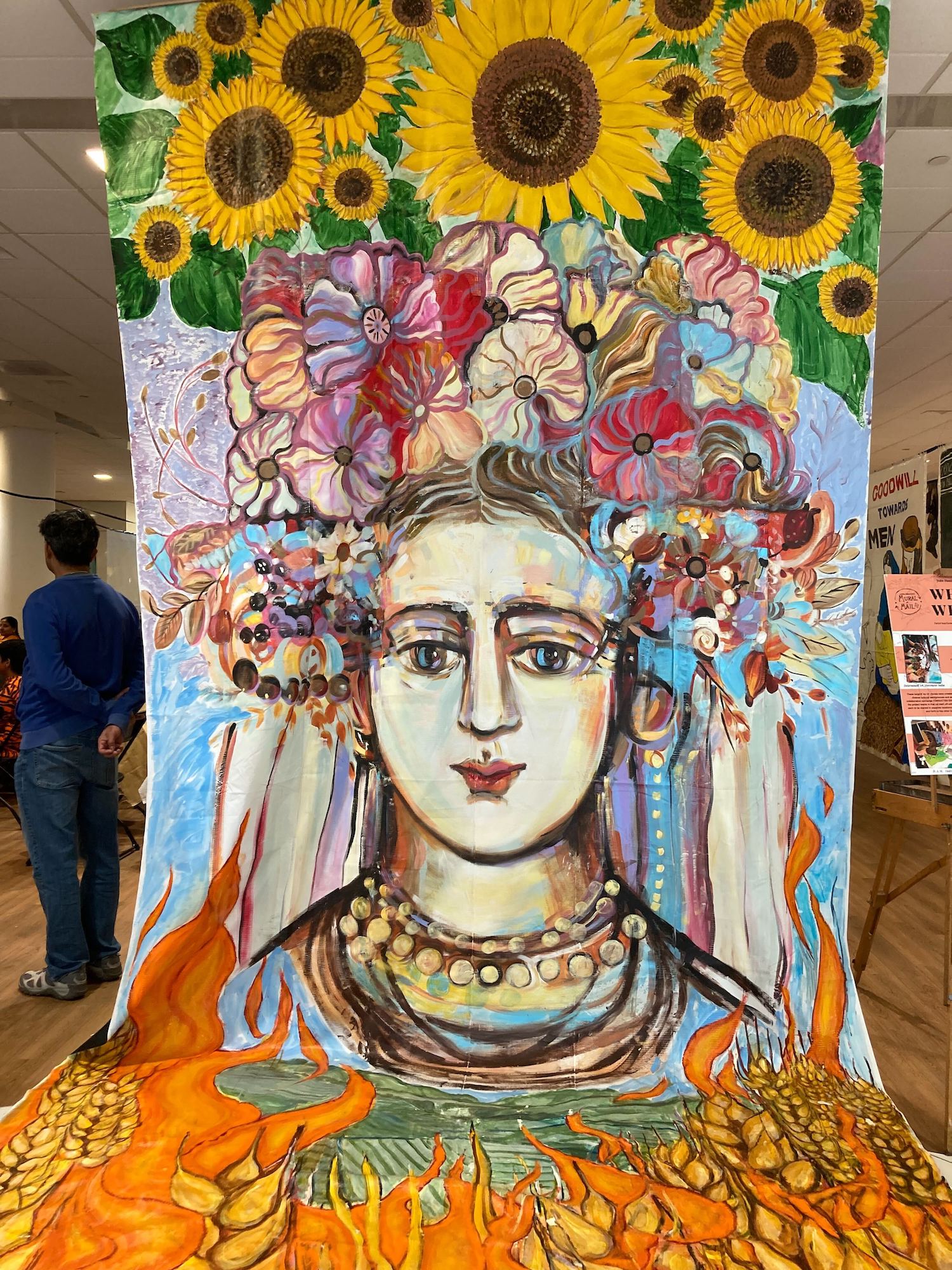
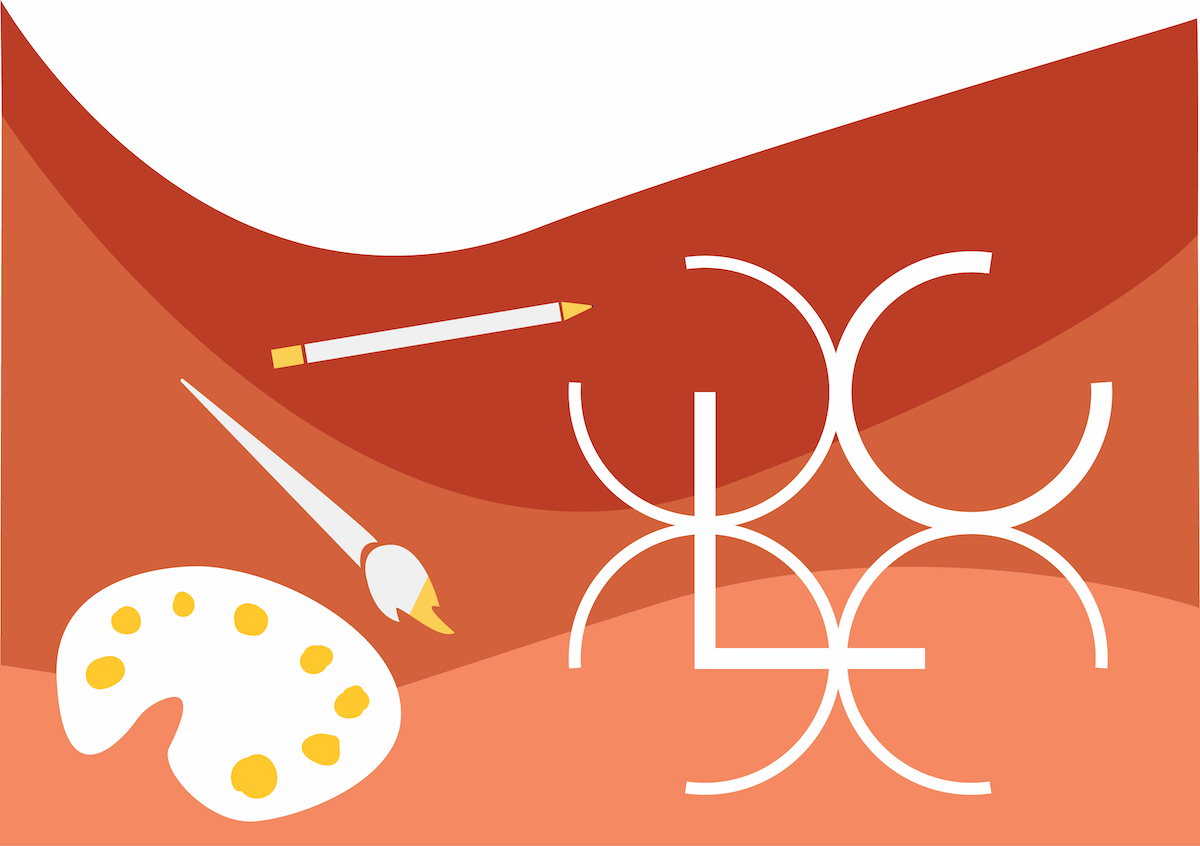
Put the new baseball stadium there
Morgan you are a liar. I go to the Lloyd Center every other week and everyone I have seen there are all wearing mask. Stop trying to paint this mall and the people around as bad.
Excellent care at Gentle Dental. Ice cream afterwards in the food court. Book at Barnes and Noble. What more could you want? Great to get everything in one place!
Chicken Connection really IS delicious.